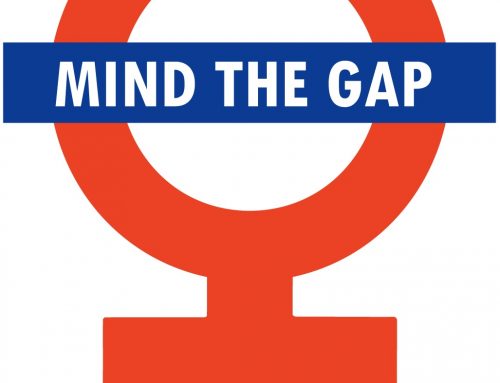 We’ve all heard the news by now. Mary T. Barra was chosen as the next CEO of General Motors. G.M.’s board chose her unanimously from a few internal candidates to replace current CEO Daniel F. Akerson, who will retire early to spend time with his ailing wife.
We’ve all heard the news by now. Mary T. Barra was chosen as the next CEO of General Motors. G.M.’s board chose her unanimously from a few internal candidates to replace current CEO Daniel F. Akerson, who will retire early to spend time with his ailing wife.
“Mary was picked for her talent” and “not to promote gender diversity at GM,” Mr. Akerson said.
Ms. Barra is credited with bringing order to chaos, flattening bureaucracy, and reducing redundant executive posts. She has brought new models to market faster and at lower costs.
Most women would likely agree that if you’re going to make it to the top, this is the only perception you’d want conveyed about the rationale to put you there.
Meanwhile, as part of efforts across the globe to improve gender imbalance, many countries have resorted to quota systems.
- In India, public companies must have at least one women director.
- In Austria, companies in which the state’s ownership equals or exceeds 50% are required to have 25 percent of their boards represented by women, 35 percent by December 2018.
- In Belgium, companies must have at least one-third male directors and one-third female directors.1
- In Norway, the first country to introduce gender quotas for boards, they get very specific with this stuff: “If the board of directors has two or three members, both sexes must be represented. If the board of directors has four or five members, each sex must be represented by at least two directors. If the board of directors has six to eight members, each sex must be represented by at least three directors. If the board of directors has nine members, each sex must be represented by at least four directors. If the board of directors….”2
Those in favor of quotas say that, like affirmative action, women need a jumping off point. The argument for quotas points to the fact that after decades of equality laws, women are not making it up the ranks quickly enough. The urgency to help them there isn’t only about fairness. Research is showing that companies with better gender balance have higher return on equity, increased price/book value, and better average growth. But not everyone agrees that quotas are the best way to neutralize imbalance.
Take Margaret Thatcher, for example. She has been widely quoted as saying, “I would hate a person to ask: ‘Are you quota woman, or are you a merit woman?’ I would like whatever I [achieved] to be because I was the right person for the job. It didn’t matter that I was a man or a woman. I had the right qualities for the job, the right beliefs, the right principles. I wasn’t a quota.”3
Her statements embody the beliefs of other women who are opposed to quotas. After all, no one wants to be perceived as a token.
While Newton Investment Management CEO Helena Morrissey doesn’t believe in quotas, she does believe in goals. Morrissey founded The 30% Club, a UK-based group committed to achieving 30% female representation on FTSE boards by 2015. Morrissey contends that the 30% goal can be achieved without government-imposed quotas. She believes quotas “can be very damaging and undermining of women.”
Regardless of the method – quota, goal, instinct – our efforts to increase the number of C-suite women shouldn’t be interpreted as a way to simply choose any woman for a job – for the sole sake of bringing in a woman. Our approach must involve looking far and wide for the most talented, competent women, just as we would do to find their male counterparts.
References
1. Credit Suisse. Gender Diversity and Corporate Performance. Credit Suisse Website. Available at: https://www.credit-suisse.com/newsletter/doc/gender_diversity.pdf. Accessed November 24, 2013.
2. Gender Quotas in Management Boards. European Parliament. European Parliament Website. Available at: http://www.europarl.europa.eu/document/activities/cont/201202/20120216ATT38420/20120216ATT38420EN.pdf. Accessed November 24, 2013.
3. Page, C. Not a ‘quota woman.’ Chicago Tribune News. Chicago Tribune Website. Available at: http://articles.chicagotribune.com/2013-04-10/news/ct-oped-0410-page-20130410_1_woman-quota-feminism. Accessed November 24, 2013.





